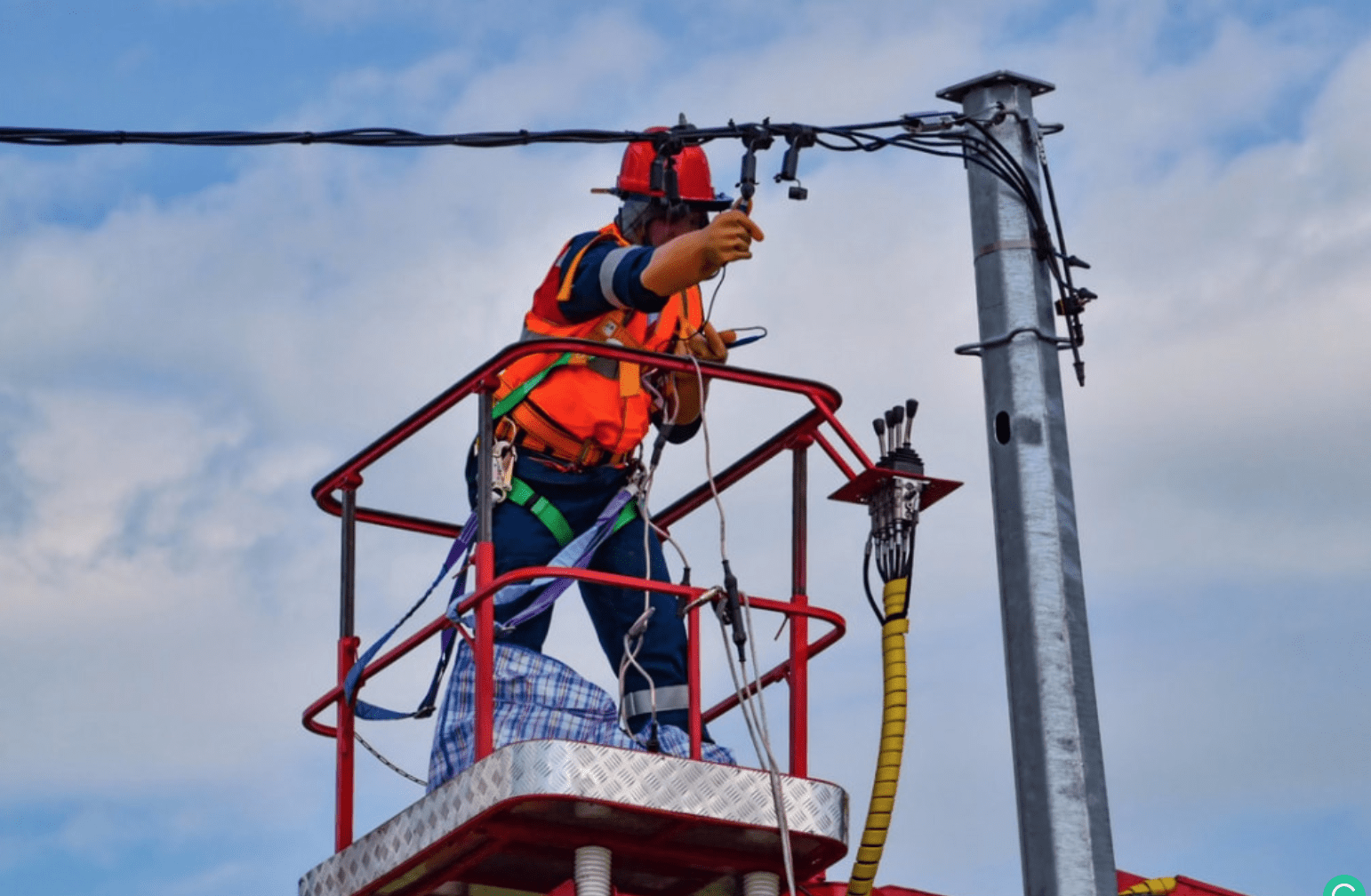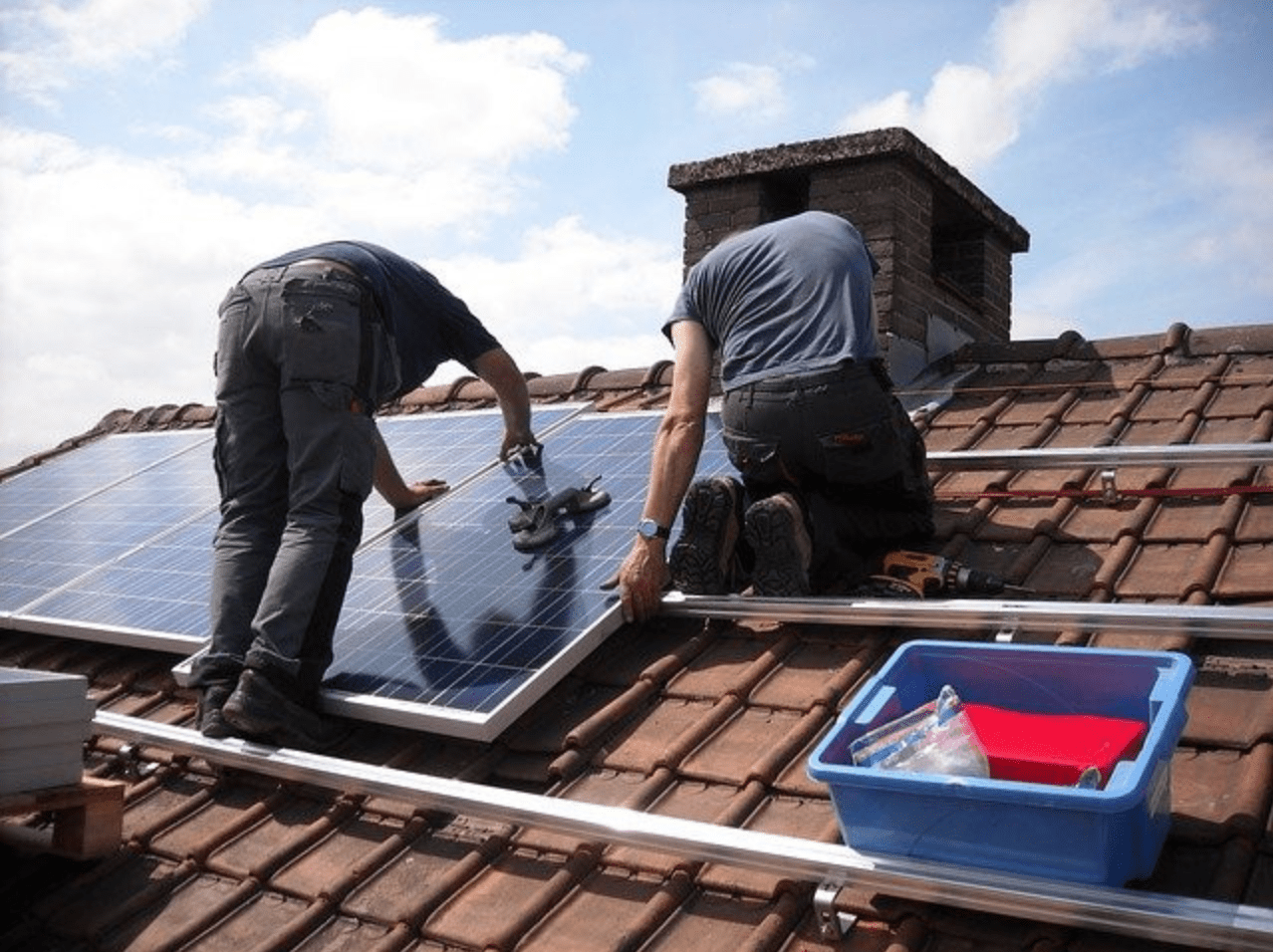The advancement of technology in the past several years has allowed us to rely on robots to do activities that we would generally find tedious. They can turn off our lights, play music, and even answer our most pressing questions. But one of the most valuable things that robots can do these days is clean your house. Robot vacuum cleaners are becoming increasingly popular among households, but the question is, do robot vacuum cleaners really work?
How Do They Work?
For the most part, robot vacuum cleaners have one or two spinning brushes. They also have a rolling brush that works together to collect dirt from all surfaces. As it collects trash and debris, the machine sucks everything into its center towards the trash bin. At one point it will be time to be emptied out!
Robot vacuum cleaners also come complete with sensors to help the device get around the home. They typically use back-and-forth motions to ensure that floors are efficiently cleaned.
Depending on the type of vacuum that you choose, you can control some through an app on your phone. And you can program others to start cleaning when you’re not there.
Once they finish, they go back to what is referred to as their “home base,” where they charge up until the next use.
This is an interesting video showing two different vacuum cleaners seriously tested with a lot of rice on the floor.
Do Robot Vacuum Cleaners Really Work?
Most users would agree that robot vacuum cleaners work. But almost all would also concede that they can’t replace handheld or canister types of vacuums. With that said, let’s go over features and other things to consider to help you make up your mind.
Cost Considerations
Although convenient, a robot vacuum cleaner doesn’t always come cheap. Prices range from around $200 to more than $1,000. They are not really more expensive than regular vacuum cleaners, ranging from under $50 to well over $1,500.
The issue is that you probably have to have a regular vacuum, even if you have a robot vacuum cleaner. Because of this, people are hesitant to take the plunge unless they know for sure if they really work. As labor-intensive as a regular vacuum is, you typically get more complete results than with a robot vacuum cleaner, which brings us to our next point.
Convenience vs. Completeness
One of the advantages of a robot vacuum cleaner is that you can leave it to clean up small messes that you either don’t have time to clean or simply don’t want to. However, a disadvantage is that a robot vacuum cleaner can’t reach certain areas of your home. This is why some people would prefer a traditional vacuum cleaner with a hose attachment instead.
Pros and Cons of Batteries
Most of these robot vacuum cleaners run on a battery, which means they will need to be charged after each use. This is a plus because you don’t have to worry about tripping over a power cord.
The downside is that your battery may run out of juice quickly, and it may take a while to recharge before you can continue to use it.
They Are Clean and Smart, But They Are Not Perfect
Many of these vacuum cleaners have HEPA filtration, which makes sure that the dust particles the vacuum sucks up don’t get released back into the air. Another feature of these vacuum cleaners is that they eventually learn the layout of your home so that they can become more efficient. You can also program them to make sure they don’t enter certain rooms in your house.
If you plan on being away for an extended period of time, you can also program your vacuum cleaner to power on at certain times in the day and clean while you’re gone.
But be aware that your robot vacuum cleaner will get stuck in closets or other small spaces and likely won’t be able to get out without your help. Over time, the robots adapt and become more efficient, but remember that you may have to keep an eye on it, especially in the beginning.
They Are Small But Powerful, And That’s Not Always Good
Another thing people might not know about these vacuum cleaners even though they’re smaller than a traditional vacuum cleaner, they’re still pretty mighty. A robot vacuum cleaner can suck up everything from phone cords to even shoelaces, so be sure to keep these off the floor when your vacuum cleaner starts up.
They Require Maintenance
A robot vacuum cleaner also needs cleaning every once in a while, especially if you use it often. The brushes on the vacuum are one of the main things you should focus on as hair and lint tend to get stuck on them, making the vacuum less effective. Luckily, the brushes are easy to snap off and replace, so this shouldn’t be a problem.
Like with most household devices, these vacuum cleaners tend to wear out over time, which means you’ll need to replace certain parts. Batteries, filters, and wheels tend to be the most common parts of a robot vacuum cleaner that need to be replaced.
Manual Empty vs. Self-Empty Features
Some robot vacuums have a self-emptying feature, which means they can dump out their own trash in a designated bin near their home base. Other vacuums, however, require that you personally clean them out. Because they are on the smaller side, these vacuums tend to fill up rather quickly and need to be emptied pretty much after each use.
You Will Have Noise, Like With Regular Vacuums
Like most vacuum cleaners, a robot vacuum is noisy, even the ones touted as silent. This is because they tend to bang into walls and furniture and thus aren’t recommended to be used while you’re sleeping or doing something that requires silence.
Final Thoughts
Robot vacuum cleaners work well, but they are not a miracle. Ultimately some of the points above are a no-no for some people while others can live with them. If you’re someone who is rarely home but wants to keep their place spotless, a robot vacuum cleaner may be for you.
However, you may have the time to clean or don’t have a lot of space that requires cleaning. In this case, perhaps getting a robot vacuum cleaner wouldn’t be in your best interest.
Related Posts:




